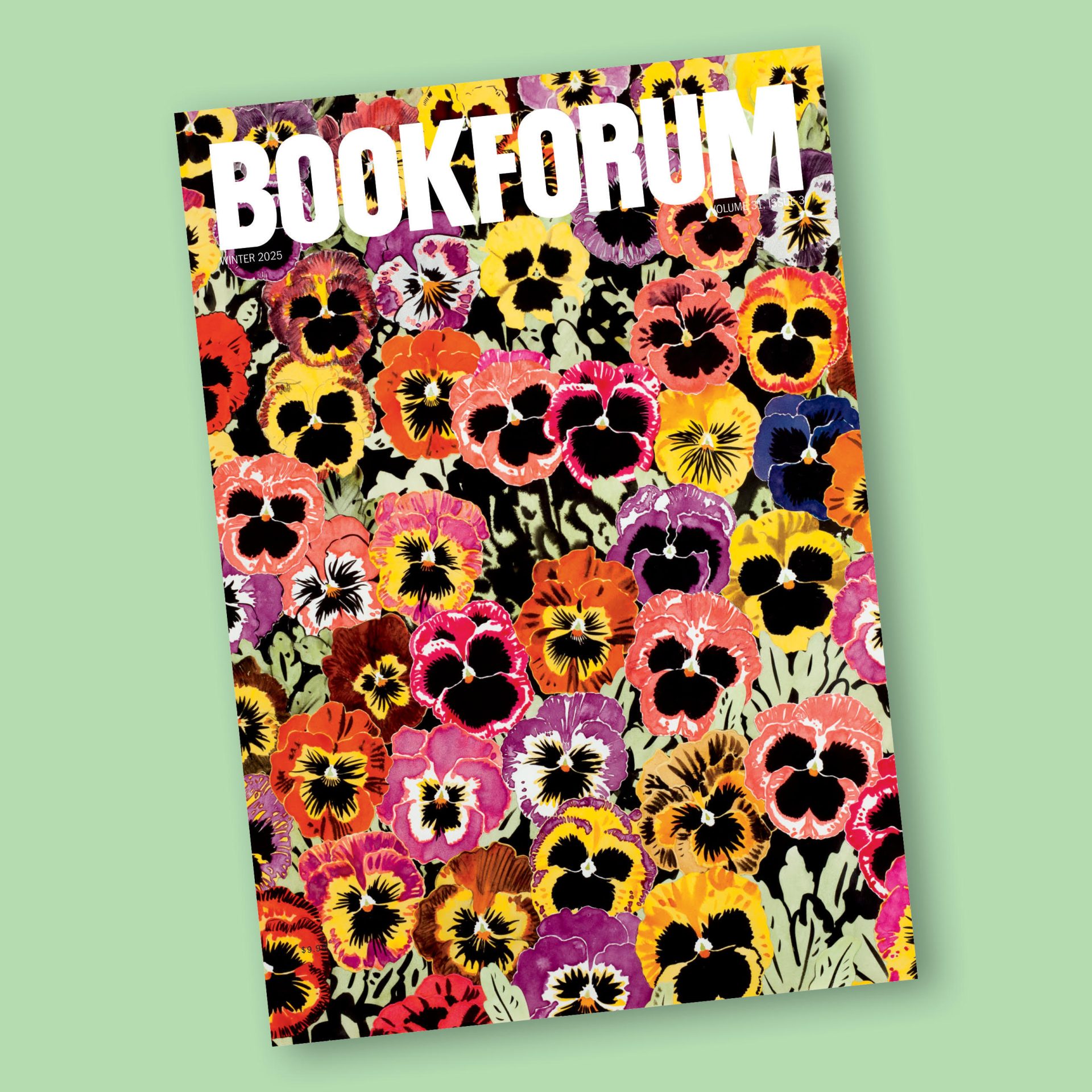
“Bad monkey” is a childish euphemism a policeman might use to protect the sensitivity of an adolescent girl, Jane Charlotte, whose younger brother, Phil, was abducted while Jane was supposed to be watching him. Little does the policeman know that Jane is a “bad seed” who has sacrificed her brother, not to the “Bad Monkeys,” which is, in fact, a secret group that fights evil, but to an opposing secret group called the “Troop.” And, one suspects, little does the author know that the title suggests from the beginning the juvenile quality of his book, its combination of fairy-tale morality, contrived secretkeeping, Mission: Impossible plotting, and cool techno-gadgets.
And yet Bad Monkeys is the best of Matt Ruff’s four novels. The first, Fool on the Hill (1988), was written in college about a college that has a Greek god, a secret society of elves, and an evil army of rats. Sewer, Gas & Electric: The Public Works Trilogy (1997) is a work of overpopulated, underimagined, prankish futurism. Set This House in Order: A Romance of Souls (2003) treats the tribulations of a young couple who both have multiple personalities. Like a kid toying with a jar of insects, Ruff enjoys shaking up dramatic situations rather than developing characters, so he has chosen genres and subjects that allow the multiplication of special effects that might keep a reader with ADD amused. That these three novels received some very positive reviews suggests to this sexagenarian either that he is too old to be reviewing books or that some of our cultural machinery has been taken over by mandrills.
Bad Monkeys is not the best of Ruff’s novels merely because it superficially resembles Pynchon’s The Crying of Lot 49, but the younger author’s book does have a plucky California protagonist who tumbles into the wonderground. In the first chapter, thirty-seven-year-old Jane is being questioned by a prison psychiatrist about her alleged murder in Las Vegas of a man named Dixon. Jane tells Dr. Vale he needs to hear her whole story, which begins when she was fourteen and banished from her home in San Francisco after Phil’s disappearance. Jane claims that she discovered the high school janitor in her new small town was a serial killer and that she was aided by a mysterious voice on the phone belonging to someone who turned out to be a representative of the Bad Monkeys, which had the evil janitor under surveillance. When Dr. Vale confronts Jane with some dissonant facts, she launches into a further story intended to explain the high school story.
Chapters alternate between third-person descriptions of the interplay between Jane and Dr. Vale in the “white room” and Jane’s first-person narration (occasionally interrupted by italicized questions from the psychiatrist). At thirty-six and deep into drugs, Jane enlists with the Bad Monkeys and kills a man named Deeds who assaulted her. When Dr. Vale notes that some evidence belies her account, Jane says the Monkeys’ “Catering” (counterintelligence) covered up the facts. Her next operation failed, and the group put her under the surveillance of “Panopticon,” which had cameras hidden behind the eyes of pictures in public places. Her internal-affairs, or “Malfeasance,” officer was Dixon, the cruel man she is accused of murdering.
Still with me?
This first half of the novel is psychologically engaging: Ruff explores how a person with childhood secrets both conceals and reveals their effect in the story she is presumably making up to evade her murder charge; how she twists the story and twits her interrogator. In the second half, though, the events in Jane’s story become increasingly improbable, and whatever voice she had turns into that of a handheld camera’s eye. There are triple agents, huge explosions, a car chase, one-on-one battles, physics-defying drugs, multiple murders, and a “bad Jane” double. I was giving Ruff credit for having Jane desperately confabulate from movies she’d seen until the tale’s end, when I discovered the whole story she has been telling is true! There really are Bad Monkeys and the Troop! Most of the Vegas events have been simulated by the Monkeys’ gee-whiz technology. Dixon is alive! And get this: Dr. Vale is actually her long-lost brother, Phil, whom Dixon sent Jane to kill because Phil is a top guy in the Troop. Whoa, dude!
Still there?
I give away the surprise ending because I doubt anyone who reads this review will read Bad Monkeys. Also because I resentfully reread this bad novel to make sure I wasn’t missing something. Ruff plants a few clues to the unexpected finale, and it might—just might—be possible that Jane has recognized all along that Dr. Vale is Phil, and that she has constructed her story to earn the pardon of him in particular. But Ruff is no Nabokov, and I doubt that recognition is a chess move that Ruff built into the competition between prisoner and doctor, novelist and reader. There is a similar conflict between murderess and mental-health professional in Margaret Atwood’s Alias Grace. Next to Atwood’s rigorous portrait of repressed sexuality and moral subtlety, Ruff’s collection of pop amusements is child’s play. Or adolescent allegory, with characters named True, Wise, Grace, Love, and Phil, the Greek prefix meaning “love.”
Still?
One last attempt to give Ruff credit: Perhaps Bad Monkeys is his not-quite-secret confession as a popular author. An artist manqué in the novel says of his creation: “This was very much a boy’s toy.” Another fabulist makes “stick figures.” Jane wants to be taken seriously by Dr. Vale but suffers from arrested development and undermines herself. Ruff wants to be taken seriously by readers but suffers from screenplay development and leaves evidence that convicts him of mere entertainment. If Ruff were in the “white room” with me, this doc would tell him what the psychoanalyst tells Portnoy on Roth’s final page: “Now vee may perhaps to begin.”
Tom LeClair’s fourth and most recent novel is The Liquidators (Greekworks, 2006).






